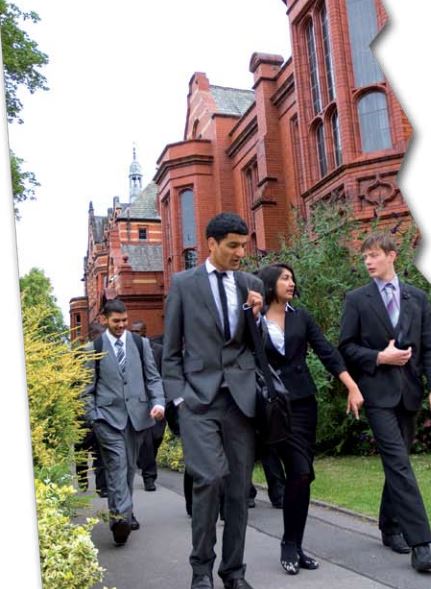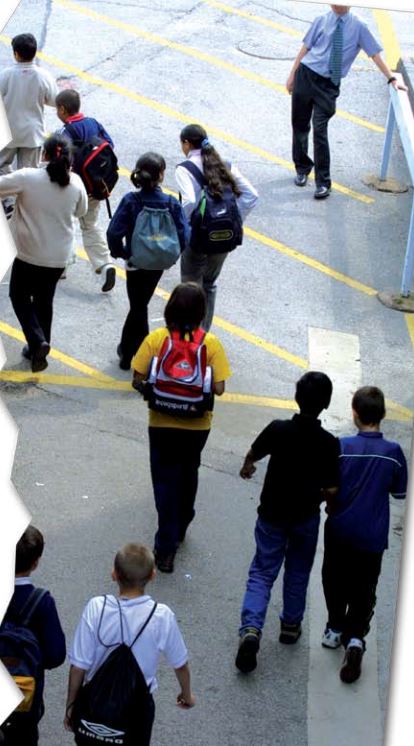The new Secretary of State for Education sent an email to his civil servants in which he said: “Closing the widening gap between the richest and poorest should be our shared goal.” One of the most noticeable features of education in the UK is how closely results are linked to children’s backgrounds.
However, despite all the attention that has been paid to it in recent years, actually significantly reducing the gap has proved stubbornly hard to do. It has proved extremely difficult to find large-scale, workable, palatable policies which genuinely improve the results of poorer children more than those of richer children.

The Joseph Rowntree Foundation’s education and poverty programme focuses on increasing our understanding of what causes the big differences in results among richer and poorer children. The first phase of the programme involved a range of Schools in the Community parents/Pupils/Pastoral mainly qualitative studies examining the perceptions and experiences of children from different backgrounds.
Following this, two major quantitative projects aimed to establish in more detail exactly which factors make the difference and who is affected. This second step is crucial because the lives of children from richer and poorer backgrounds are different in many ways. It is neither practical nor desirable to try to change every aspect of the lives of poorer families so that they mirror those of richer ones. The goal of a new study by the Institute for Fiscal Studies (IFS) and CMPO at Bristol University, published by the Joseph Rowntree Foundation (JRF) in March, was to understand which of these many differences are strongly and directly linked to attainment.1 We need to know where to focus our energies, and increasingly scarce resources.
“That child is smart because he’s rich.” “[The child living in the small house would go to a worse school] because the house is not that rich and the school wouldn’t get that much money.”
These comments were made by primary aged children in 2007 talking about how life and education are different for children from richer and poorer backgrounds.2 The same kinds of remarks were made again and again by the children in the first set of studies funded by the JRF. Four key themes emerged from that research.3
